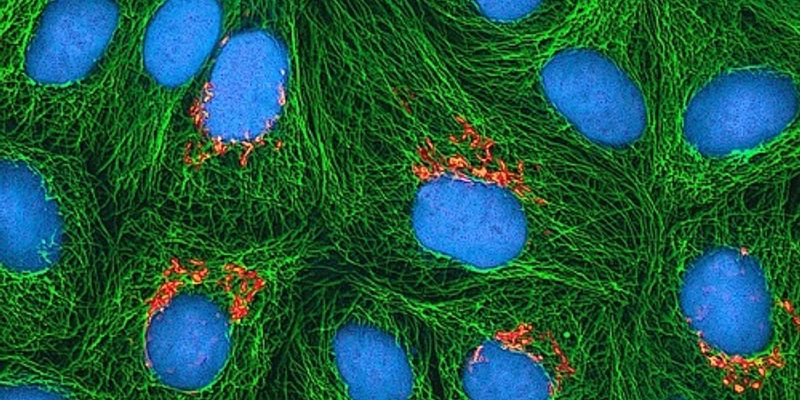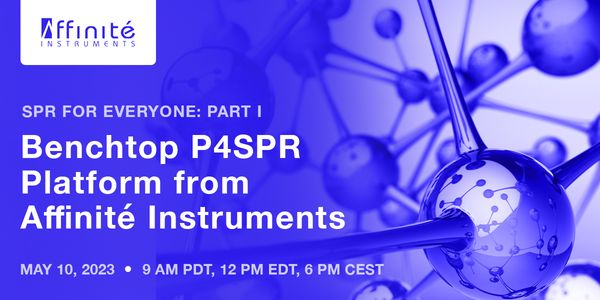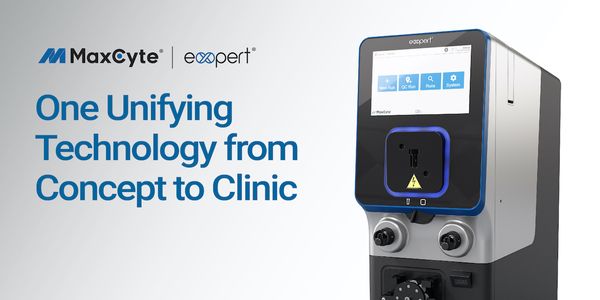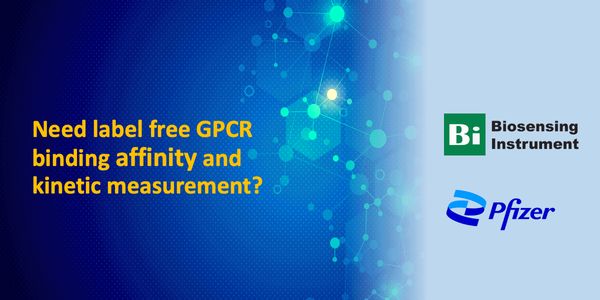OCT 19, 2022 | 6:00 AM
Date: October 19, 2022 Time: 6:00am (PDT), 9:00am (EDT), 2:00pm (CEST) It is important that clinical drug candidates not only have appropriate affinity and target specificity, but also have...
SEP 29, 2022 | 7:00 AM
Date: September 29, 2022 Time: 7:00am (PDT), 10:00am (EDT), 4:00pm (CEST) Development and evolution are controlled, to a large degree, by regions of genomic DNA called enhancers that encode...
SEP 20, 2022 | 7:00 AM
Date: September 20, 2022 Time: 7:00am (PDT), 10:00am (EDT), 4:00pm (CEST) Filtration is a critical component of sample preparation and choosing the correct filtration device affects the resu...
JUL 19, 2022 | 8:00 AM
Date: July 19, 2022 Time: 8:00am (PDT), 11:00am (EDT), 5:00pm (CEST) Cryo-EM is rapidly becoming the method of choice for structural biologists and biochemists around the world, helping thes...
JUN 21, 2022 | 10:00 AM
Date: June 21, 2022 Time: 10:00am (PST), 1:00pm (EST), 7:00pm (CEST) The proteome is perhaps the most dynamic and valuable source of functional biological insight. Here, we introduce a novel...
MAY 19, 2022 | 8:00 AM
Date: May 19, 2022 Time: 8:00am (PDT), 11:00pm (EDT), 5:00pm (CEST) Mass spectrometry (MS)-based proteomic technologies are increasingly applied in a clinical context for disease classific...
APR 27, 2022 | 9:00 AM
Date: April 27, 2022 Time: 9:00am (PDT), 12:00pm (EDT), 6:00pm (CEST) Abnormal accumulation of misfolded tau protein in filaments characterizes more than 20 neurodegenerative diseases—c...
APR 26, 2022 | 8:00 AM
Date: April 26, 2022 Time: 8:00am (PDT), 11:00am (EDT), 5:00pm (CEST) C-C motif chemokine receptor-like 2 (CCRL2), is a non-signaling 7TM receptor, referred to as an atypical chemokine recep...
MAR 01, 2022 | 9:00 AM
Date: March 1, 2022 Time: 9:00am (PST), 12:00pm (EST) Dr. David F Keren currently serves as a Professor of Pathology at the University of Michigan (Michigan Medicine). Dr. Keren received his...
The explosion of biomedical data such as in genomics, structure biology and pharmacology can provide new opportunities to improve our understanding of human physiology and disease. Understan...
























